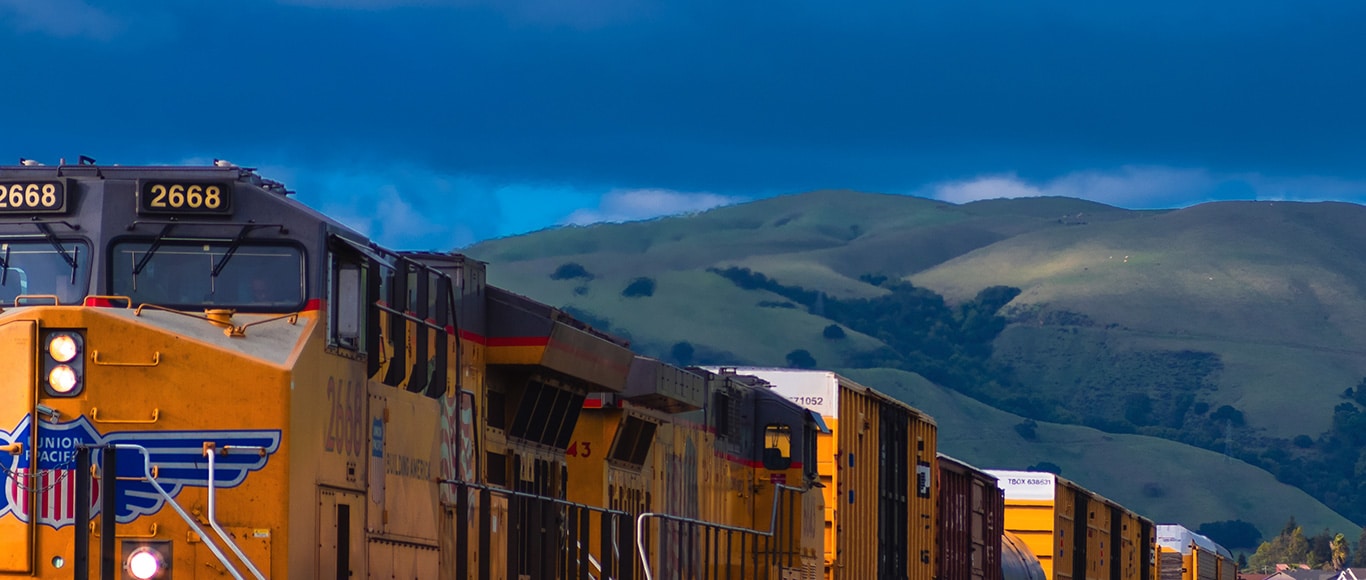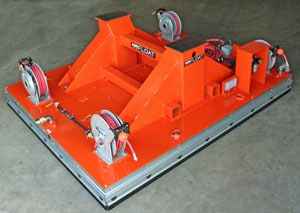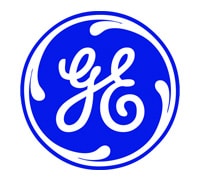Locomotive
Assembly Line
CASE STUDY



THE SITUATION
General Electric is the largest North American manufacturer of diesel locomotives and wanted to reduce assembly times and decrease work-in-process inventories at its Erie, Penn., facility. In the past, GE had used overhead cranes to move locomotives from one workstation to the next.

THE SOLUTION
The Result
After implementing air caster transporters, Airfloat equipment helped General Electric boost its output from 17 to 22 locomotives per month – a 29% gain. Take General Electric as an example of how air caster technology can increase productivity in your own facility. Contact us and talk to an Applications Engineer to find a solution for you.

















